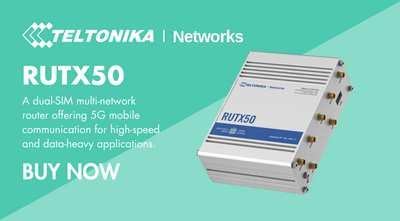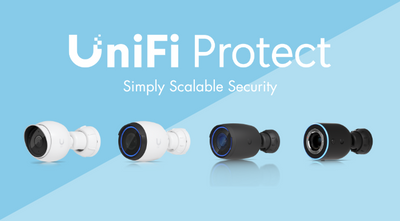
Choosing The Right Antenna
When it comes to connecting external antennas to access points, several questions arise. Which antenna is best for a specific situation? Can an antenna cover a signal range of 10 kilometers or more? What type serves the local area effectively? The answers depend on your specific needs.
However, always remember this crucial point: radio links have two ends. It’s not just about the originating antenna; you must also consider the receiving antenna. Both play a vital role in establishing a reliable connection.
Omni Antenna |
|
| Typical Appearance | Typical Radiation Pattern |
 |
 |
Serving local areas is usually done by using an omni antenna, which radiates its signal in a doughnut shape around the antenna in the middle. The depth of the beam increases the further you are away from it. The best way to imagine it is as a lighthouse beam, shining out all around all the time. At the lighthouse the beam is only a couple of feet tall, but several miles away it is much deeper. Even so, an aircraft flying above it would not see the beam in the same way that a ship would. And the lighthouse keeper in a small boat at the foot of the lighthouse would not see much of the beam either.
Omnis are typically used to cover the whole of a local area. The receiving end must have an antenna that can 'see' the omni and typically small patch antenna with gains of 6-8 dBi are used: they're inexpensive and very effective.
A 9 dBi omni would be expected to communicate with 7 dBi patches with good throughput over a couple of kilometres, assuming there are no obstructions and with a reasonable good, but not top range professional, radio at the omni end and a cheap and cheerful radio in the CPE at the receiver's end.
Sector Antenna |
|
| Typical Appearance | Typical Radiation Pattern |
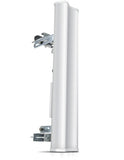 |
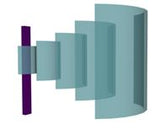 |
It may be very useful to use a sector antenna to cover a smaller area, particularly if there is a lot of other wifi in the area.
Sector omnis typically have a radiation pattern on one side of the antenna only, with a beamwidth between 90 and 180 degrees. This allows a concentrated beam to serve a carefully-targeted urban area.
As wifi gains in popularity more wireless networks are being brought on stream. If everyone were to flood their areas using omni antenna the result would be so much interference that all the networks become unusable. It is important to select antenna that will serve the area intended and nowhere else.
Sector omni tend also to be very efficient, with no energy being wasted in areas in which it can serve no purpose.
Horn Antennas |
|
| Typical Appearance | |
 |
RF Elements Horn antennas have a symmetrical beam pattern in both horizontal and vertical panes. The beam pattern does not vary with frequency, and antenna gain is balanced over a wide frequency range. These antennas are low loss and have attenuated side radiation lobes, making them excellent for use as sector antennas.
Dish Antenna |
|
| Typical Appearance | Typical Radiation Pattern |
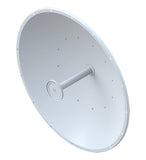 |
 |
Making connections across long distances is usually achieved using dish antenna. The dishes act as a lens for the wireless signals radiated from a dish feed unit placed at its focal point, focussing it into a very narrow beam.
Pairs of dishes accurately aligned will perform over 20 kms driven by average performance radios. The rating of solid dishes is typically 26 dBi, which exceeds the UK legal limit for 2.4 GHz links. In practice, because the beam is so narrowly-focussed, it will not spill over or interfere with other networks in the vicinity and it is unlikely that anyone will be aware of its operation.
5.8 GHz links can legally radiate greater power, so grid parabolics and solid dishes will provide solid links over long distances, provided they are carefully lined up.
Dishes made from wire mesh stand up to strong winds very well, so they can be mounted using standard antenna poles of 25 mm diameter. Solid dishes need heavier-duty mountings.
To choose an antenna, first decide what type of beam pattern you want, bearing in mind the distance and the type of antenna at the other end of the link. Then decide how much gain is required. With those two questions answered, you will have a very clear idea of what type and gain you need in your antenna.


